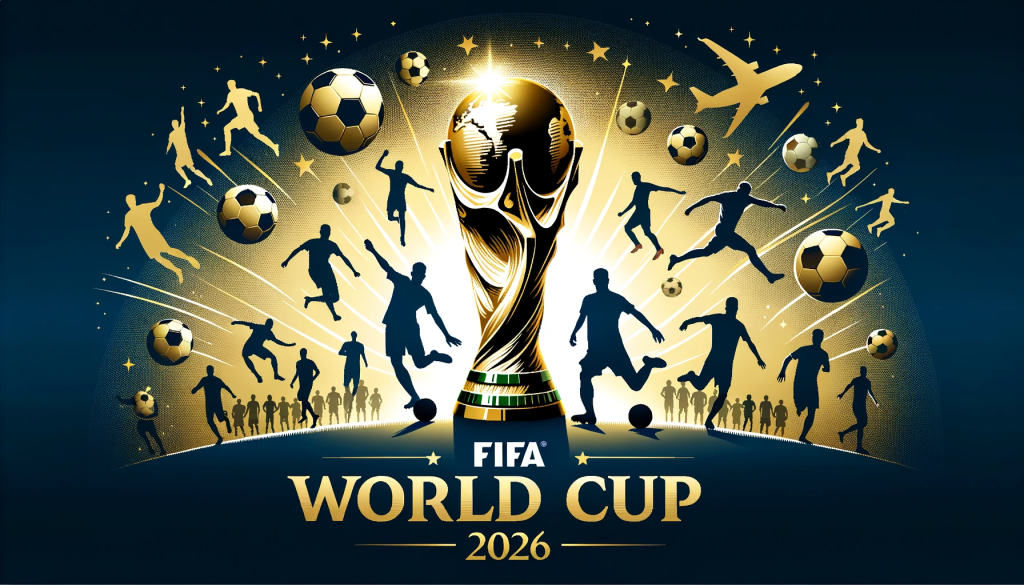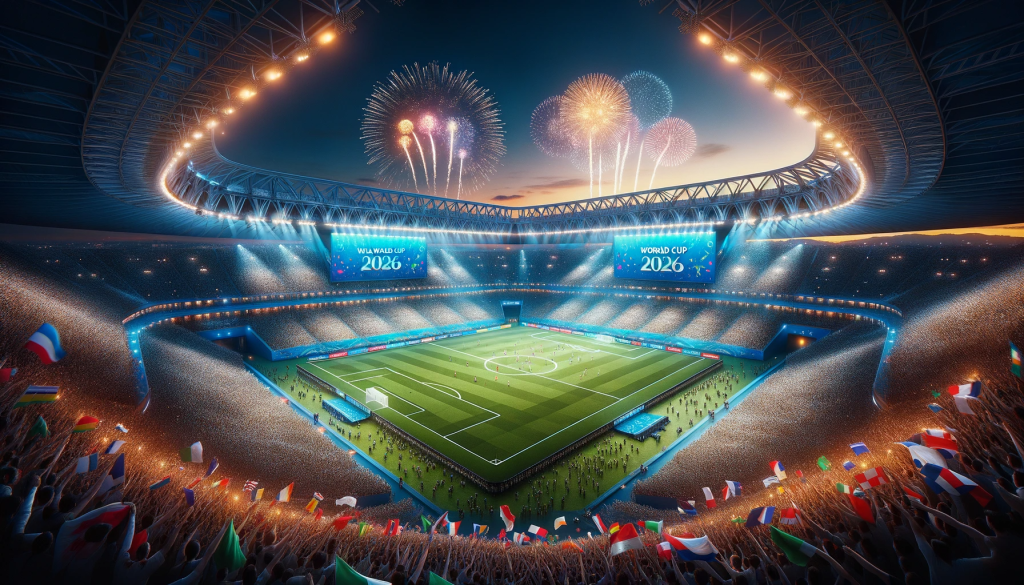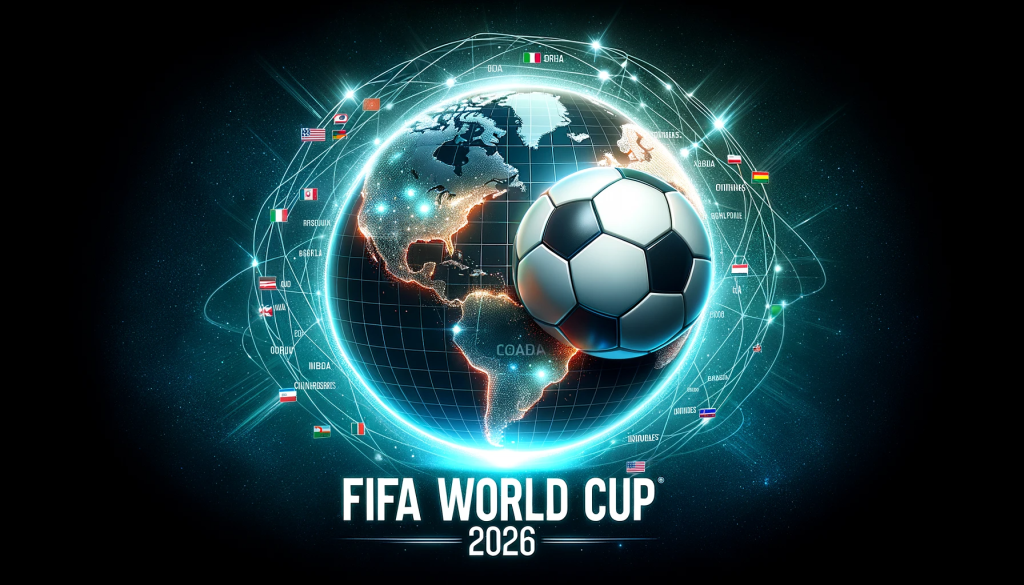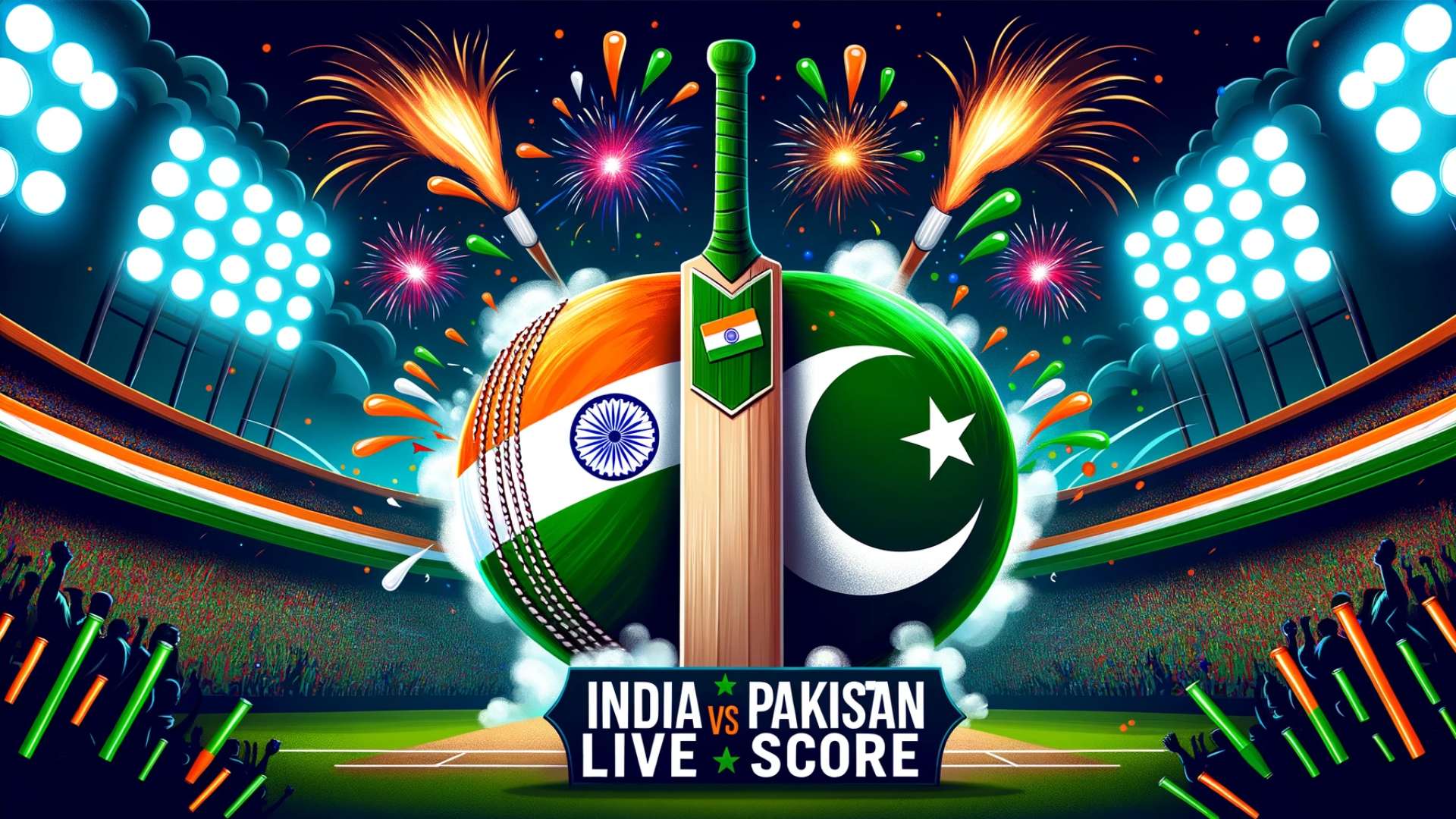fifa world cup 2022 points table The FIFA World Cup, the pinnacle of international football, is a quadrennial event that unites nations, celebrates diversity, and showcases the beautiful game at its finest. As the footballing world eagerly anticipates the next edition, FIFA World Cup 2026 promises to be a historic event, breaking new ground in more ways than one.

The Road to 2026
The journey to the FIFA World Cup 2026 has been an exciting one, marked by anticipation and preparation. Here’s an overview of what lies ahead:
Host Nations
In 2026, the World Cup will make history as it will be hosted jointly by three North American nations: the United States, Canada, and Mexico. This collaborative effort is set to redefine the concept of hosting on a global scale.
Expanded Teams
With an increase in participating teams from 32 to 48, the 2026 World Cup will be more inclusive and competitive than ever before. This expansion opens the doors for more countries to participate, ensuring a broader representation of global football talent.
State-of-the-Art Stadiums
The tournament will be played across a remarkable 16 venues, each boasting modern infrastructure and technology to enhance the fan experience. From iconic stadiums like the Rose Bowl in Pasadena to the sparkling new Al Bayt Stadium in Qatar, the stage is set for unforgettable moments.
Sustainability and Legacy
Sustainability will be a cornerstone of the 2026 World Cup. The focus is not only on delivering an exceptional tournament but also on leaving a lasting legacy for the host nations, promoting sustainable practices, and inspiring future generations of footballers.
The Impact of Expansion
Expanding the World Cup to 48 teams raises intriguing questions about the tournament’s dynamics and the quality of play. Here’s a closer look at the pros and cons:
Pros of Expansion

Global Inclusivity
A larger tournament means more nations get to participate, giving countries with emerging footballing talent a chance to shine on the global stage.
Increased Fan Engagement
With more teams involved, the fanbase expands, leading to greater interest and viewership, thereby boosting the commercial appeal of the World Cup.
Diverse Matchups
A bigger tournament creates opportunities for unexpected and exciting matchups, fostering a sense of unpredictability and excitement.
Cons of Expansion
Quality vs. Quantity
Critics argue that an expanded tournament may dilute the quality of play, as weaker teams may struggle to compete at the highest level.
Scheduling Challenges
Logistical challenges in accommodating more teams and matches could pose scheduling difficulties and strain on players.
Impact on Tradition
Some purists worry that expanding the World Cup may undermine its historical significance and the prestige associated with it.

The Power of Technology
The FIFA World Cup 2026 will be a showcase of technological advancements in football. From VAR (Video Assistant Referee) to player tracking systems, technology is set to enhance the game in numerous ways.
VAR: A Game Changer
The introduction of VAR has been a hot topic in football, and by 2026, it will be an integral part of the World Cup. VAR ensures fairness and accuracy in decisions, reducing controversies and increasing the overall quality of the game.
Player Tracking Systems
Advanced player tracking systems will provide real-time data on player performance, offering insights to coaches and fans alike. This technology will undoubtedly add depth to the viewing experience.
The Fan Experience
The 2026 World Cup will prioritize fan engagement like never before. With augmented reality experiences, fan zones, and interactive apps, spectators will have more ways than ever to connect with the tournament.
Augmented Reality (AR)
Fans can expect immersive AR experiences that bring the World Cup closer to home. From virtual stadium tours to interactive player profiles, AR will revolutionize how fans interact with the tournament. ,fifa world cup 2022 ,fifa world cup 2022
Fan Zones
Fan zones will serve as hubs for camaraderie, entertainment, and live screenings, creating a vibrant atmosphere for both local and international supporters.
Conclusion
The FIFA World Cup 2026 promises to be a landmark event in the history of football. With its unique joint hosting, expanded format, technological innovations, and unparalleled fan engagement, it will leave an indelible mark on the sport. As the World eagerly counts down the days, one thing is certain: the 2026 world cup will be an unforgettable celebration of the beautiful game.
FAQs FIFA World Cup 2026
The FIFA World Cup 2026 is scheduled to take place from June to July in 2026.
The 2026 World Cup will feature 48 teams, an increase from the previous 32.
The tournament will be jointly hosted by the United States, Canada, and Mexico.
VAR stands for Video Assistant Referee and will ensure fair and accurate decision-making during matches, reducing controversies.
Fans can engage through augmented reality experiences, interactive apps, and fan zones, all designed to enhance their connection with the tournament.






